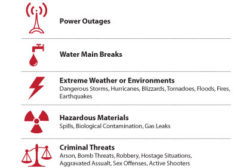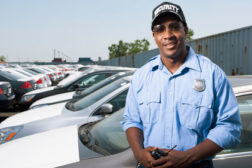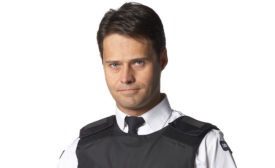Home » security officer
Articles Tagged with ''security officer''
Shoplifter Steals, Shoots Gun of Officer
When Is It Appropriate to Arm a Security Officer?
Supermarket Incident Involves Moonlighting Policeman
December 11, 2013
Securing Schools After Sandy Hook
Last year, on December 14, 20-year-old Adam Lanza fatally shot 20 young children and six adults at Sandy Hook Elementary School in Newtown, Ct.
December 1, 2013
How to Plan for Post-Incident “Golden Minutes”
You've heard about the "Golden Hour" after an incident, but you should be planning for the "Golden Minutes."
November 5, 2013
Sign-up to receive top management & result-driven techniques in the industry.
Join over 20,000+ industry leaders who receive our premium content.
SIGN UP TODAY!Copyright ©2024. All Rights Reserved BNP Media.
Design, CMS, Hosting & Web Development :: ePublishing









